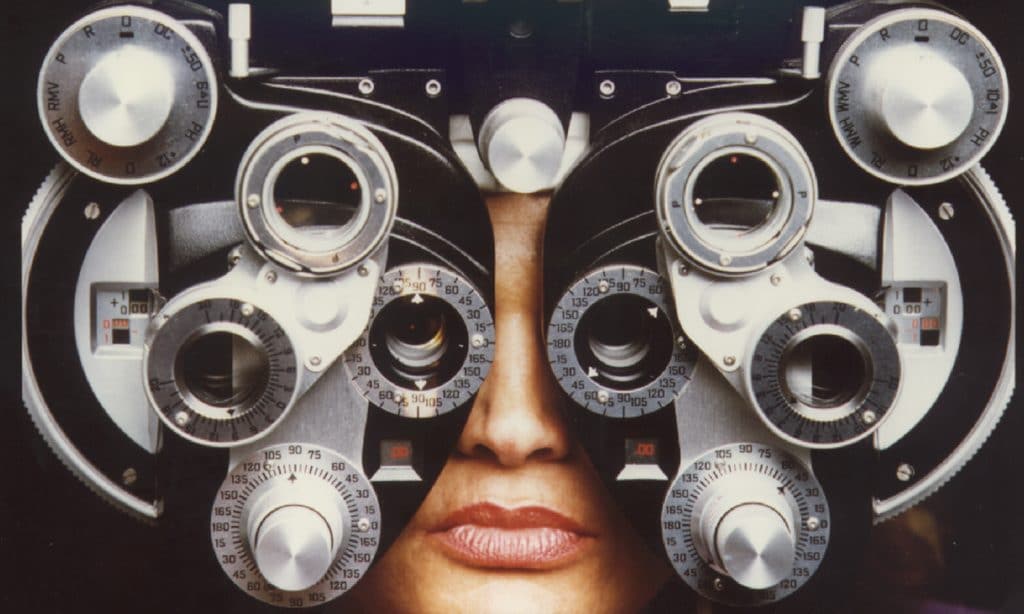Medical marijuana glaucoma treatment can help reduced eye pressure and relieve pain. But it isn’t the cure people think.
Glaucoma is the second leading cause of blindness (cataracts are number 1) with about 3.5 million Americana and Canadian’s suffering through this disease. It is a gradual loss of vision caused by damage to the optic nerve making it tough for improvement. It comes in several varieties, but essentially the culprit is increased interocular pressure (IOP) caused by a build up of fluid in the eye. Can cannabis help? Here is some information about glaucoma and medical marijuana.
What Is Medical Marijuana Glaucoma Treatment? The discovery of cannabis’s glaucoma-fighting power was happy accident in the War on Drugs. In the early 1970s, a group of UCLA researchers, led by Drs. Robert Hepler and Thomas Ungerleider, began studying the telltale marijuana “red eye” and pupil dilation in hopes of somehow using the phenomena to help the DEA to narc out stoners. The real takeaway, however, was something not at all expected: Cannabis—particularly the THC in cannabis—reduced eye pressure by 25 to 30 percent. That result is currently as good as any produced by an FDA-approved glaucoma medication.
RELATED: Side Effects Of Marijuana Vs Conventional Medications
What’s the Catch? Unfortunately, the effect cannabis has on IOP lasts only about three hours, and THC, the element most responsible for pressure relief, is also the most psychoactively potent. To be completely treated, you’d need to smoke around six or seven joints a day. The potency can vary so you could vape or have low dosage preroll – but you would still be dependent on THC hitting your system often.

What Do the Pros Say? Neither the American Association of Ophthalmology, American Glaucoma Society, nor the Glaucoma Research Foundation endorses medical marijuana glaucoma treatment. This is partially because they view having a perpetual pot high as a less-than-optimal way of being in the world, but they also have a medical reason: Lowered blood flow can damage the optic nerve, and one of the side effects of cannabis is to lower blood pressure. Ironically, then, pot can both ease glaucoma and make it worse.
RELATED: How Marijuana Could Help Patients Quit Their Anti-Anxiety Meds
What’s Next? A topical treatment could be a way of sidestepping the intoxicating side effects of smoked or ingested cannabis. THC eyedrops have been tested, but there are practical hurdles to clear: THC dissolves best in alcohol or oil—neither of which is something you want to put in your eye. Saline-based THC eye drops, at least at the moment, can’t deliver a powerful enough does. More troubling, topical THC can damage the surface of the eye. But this doesn’t mean that THC therapy is at an impasse, just that more research and testing is needed.
Bonus, Non-Glaucoma Factoid: Dr. Hepler’s team also found that cannabis suppresses tear production. While that’s bad news for wearers of contact lenses, one canny housewife reported that toking up was a prophylactic against that well known culinary malady: chopped-onion induced lachrymosity.

